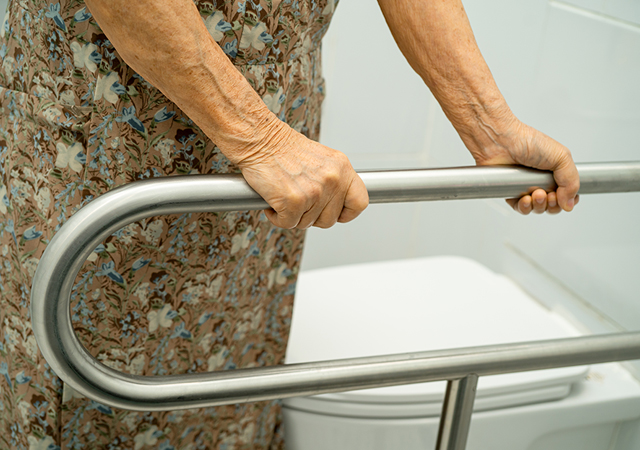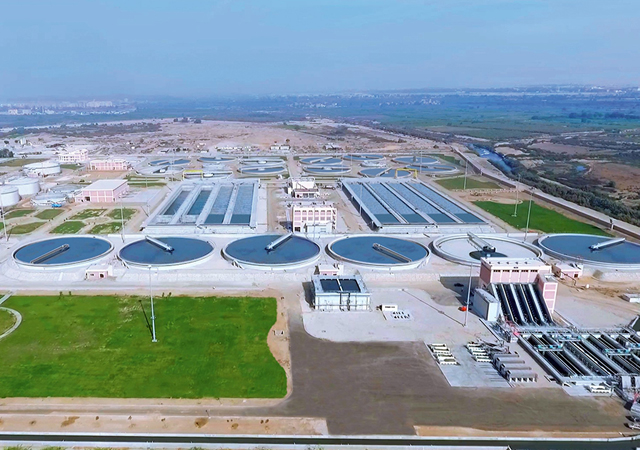
 Water filtration systems ... for soft water.
Water filtration systems ... for soft water.
Water, since the beginning of time has been both praised for good health and blamed for human ills. But today we know the real functions of water in the human body is to serve as a solvent and a medium for the transport of nutrients and wastes to and from cells throughout the body, act as a regulator of temperature, a lubricator of joints and other tissues, and a participant in our body's biochemical reactions.
It is water and not the dissolved or suspended minerals and other constituents in the water that carry out these functions. Therefore, the consumption of water with a low total dissolved solids (TDS) levels is entirely safe in regards to physiological health.
In the US, there is no minimum standard for mineralisation of safe drinking water. Similarly, Canadian guidelines, European Community drinking water standards and Eureau (an association of European water suppliers) standards do not include a minimum requirement for water mineralisation.
Dr Edward V Ohanian, chief of the human risk assessment branch at the Environmental Protection Agency (EPA), has this to say on low TDS: "I am not aware of any data adequate to support the conclusion that water with low levels of minerals is unsafe".
The Water Quality Association (WQA), a non-profit, international trade association representing the drinking water industry, has done a study of low TDS water consumption, which included a professional medical evaluation of natural process controls in the body for regulating body fluid mineral concentration. This is called homoeostasis.
Regardless of the TDS of drinking water introduced to the human body, bodily homoeostasis in healthy individuals assures that concentrations of minerals in body fluids is kept within very close limits with no abnormal reaction.
The US Navy has used distilled water with less than 3 ppm TDS for more than 40 years. Submarine crews typically drink nothing but low TDS purified water for months at a time, all with no reported ill-effects.
The US Army uses reverse osmosis (RO) units to provide safe, low TDS drinking water for its field personnel. They do not consider low TDS water to be a problem and have no minimum standards.
The EPA conducted a project in San Ysidro, New Mexico in which the drinking water TDS was reduced from 800 mg per litre to a range of 40 to 70 mg/l. No ill-health effects were observed during a one-year test.
Several US cities have low TDS drinking water supplies that have served millions of people for decades and none of these cities have reported ill-effects from low solids drinking water.
Thousands of TDS reduction devices have been sold residentially in the US over the last 20 years without any reported ill health effects from consumption of this type of water.
Sodium content
Usually, water with high TDS contains high amounts of sodium chloride (NaCl). The amount of additional sodium that would be present due to the ion exchange softening process would depend on how much of the TDS consists of calcium and magnesium.
Also, the ion exchange softening process is less efficient at high TDS levels.
Regardless of how much sodium is in the water, it should be noted that the World Health Organisation (WHO) sets a maximum guideline value of 1.200 ppm for TDS. It says that although higher levels do not pose a health risk, high TDS levels tend to make water unpalatable.
A reverse osmosis or distillation unit can reduce these high levels of dissolved solids to an acceptable level.
A minimum recommended daily intake of sodium in the human body has not been authoritatively established. The Committee on Sodium Restricted Diets and the Food and Nutrition Board of the National Research Council has indicated the "habitual total (daily) intake (of sodium) of 3,000 mg to 4,000 mg.''
The publication also indicated that a mild sodium-restricted diet consists of less than 2,000 mg a day.
However, there is a very small special-risk group of people who are highly sensitive to sodium and must be on a severe sodium-restricted diet of 500 mg per day.
The National Research Council has said: "Adverse health effects may be anticipated with sodium concentrations in water greater than 20 mg/l only for that special risk group restricted to total sodium intake of 500 mg/day, because intake from food cannot be reduced feasibly to less than 440 mg/day." It also says that this low sodium diet is virtually impossible without hospitalisation.
The WQA believes that, based on the available evidence, softened water makes no significant contribution to hypertension in a normal healthy population. Those few sodium-sensitive individuals who are on a strict 500 mg/day sodium diet should avoid soft water intake. However, in these cases the advantages of soft water for washing, bathing and water heater/pipe protection can still be realised using the option of the installation of point-of-use sodium-removal devices such as RO or distillation systems.






.jpg)









.jpg)




































.jpg)



